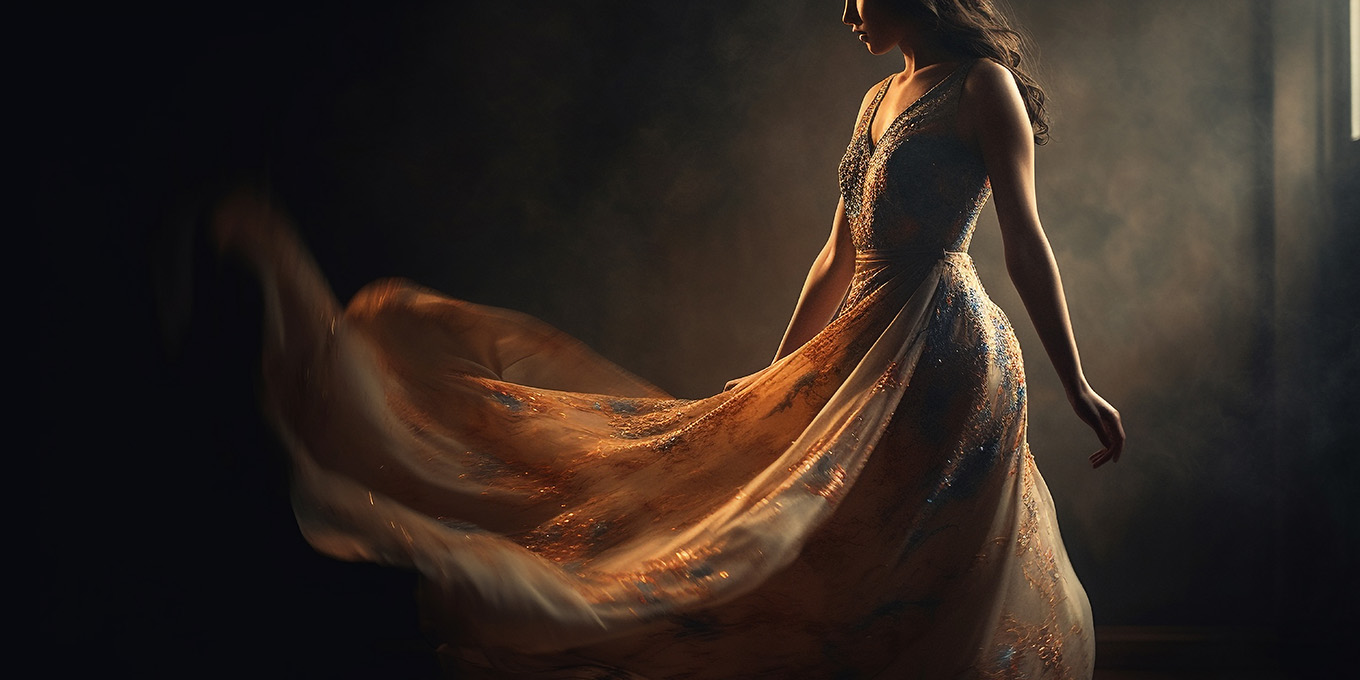VIP
Tailoring the Future: How AI and Big Data Are Revolutionizing the Fashion Industry
The future of fashion in the age of AI and big data.
by : Contributor Content- Nov 22nd, 2023

Featured story by: Tom White
In the crowded dressing room of creativity that is the fashion industry, a technological revolution is taking shape. Breakthroughs in artificial intelligence and the emergence of big data are offering the potential to transform the way global houses and fashion brands plan their seasonal lines, setting trends even years ahead of time.
The Thrust of Innovation: AI in Fashion
The magic begins at Ideas, founded by David Griffiths. Centrally positioned within this evolution, Ideas weaves a tapestry of AI and big data, equipping fashion companies—from premium brands to global retailers—with tools to navigate the ever-complicated labyrinth of fashion trends.
AI complements, rather than replaces, designers and stylists. It enriches creativity and helps predict future trends through comprehensive data sets and high-level technology that can access every fashion beat pulsating around the globe.
The Voltage of Big Data
Pulling information from global databases, algorithms can now assess and anticipate trends, patterns and even shifts in cultural and societal tastes. From predicting the comeback of retro aesthetics to identifying radical departures in colour palettes or textures, big data has become the industry’s perceptive, far-sighted secret weapon.
Every style and trend—from the streets of Paris to the beaches of Bali and from haute-couture catwalks to thrifty vintage stores—is picked up, analyzed and translated into actionable intelligence. And this is not just for the next season or the one after but for years down the line. It’s the equivalent of having a far-sighted oracle who distills the wisdom of the fashion world.
Strategic Recommendations: The Harmonious Merger of Art and Science
Truly benefiting from these innovative technologies requires a delicate balance—a harmonious merger of the creative heart that combines the rhythmic beats of the industry with the analytical science that underlies big data and AI.
Brands big and small must open themselves up to embracing this marriage. They must leverage AI to analyze and predict trends and then let their design teams get creative with these insights.
Fashion houses need to expand their data infrastructures, invite data scientists to join their creative teams, streamline their information flows and prioritize actionable insights. By doing so, they’ll be capable of catching trends when the market dynamics change and capitalize on them.
Keep in mind that while AI and big data do an impressive job of absorbing, analyzing and predicting fashion’s global beat, they don’t replace human creativity. Rather, they make it more informed, more strategic and, undoubtedly, more powerful.
The Incorporation of AI and Big Data—An Haute-Couture Approach
To survive in the fashion industry, competitors need to upgrade their “ensembles” with digital “accessories” provided by innovative companies like Ideas. Using these tools, fashion houses and global brands will be able to analyze and design their collections with AI-driven foresight and big-data intelligence. This blend of tradition and transformation will set the trend for a brighter fashion future.
AI and big data offer fashion houses a privileged peek into the future. Armed with this vision, they can tailor their narratives years in advance. Visionaries like Griffiths are sketching the blueprints for this streamlined approach. By embracing their avant-garde methods, the industry can seamlessly tailor a sublime fit between future fashion innovations and upcoming consumer demand, thus relegating the occurrence of fashion faux pas to the history books.
For leaders and innovators drawn to such an enticing future, the real question is not “Why?” but “Why not?” How perfect is the picture of a world adorning the future today?
KO Media newsroom and editorial staff were not involved in the creation of this content.
Newsletter
Join our mailing list for the latest and biggest in fashion trends, beauty, culture and celebrity.
Read Next

VIP
Australian Fashion Brand Masal Takes the Spotlight at Milan Bridal Fashion Week
When it comes to emerging designs in the bridal world, Masal continues to make a name for itself in the industry.
by : Contributor Content- May 21st, 2024

Horoscope
Where To Travel This Summer, According To Your Star Sign
The stars have spoken and whether you're a Capricorn itching for Capri or an Aquarius yearning for Aguilla, this is where to venture to this summer based on your zodiac.
by : Naomi May- May 20th, 2024

Culture
This Cocktail Might Just Be the Official Drink of the Summer
Fresh, floral, unexpected… This drink is a must-try.
by : ELLECanada.com- May 13th, 2024




